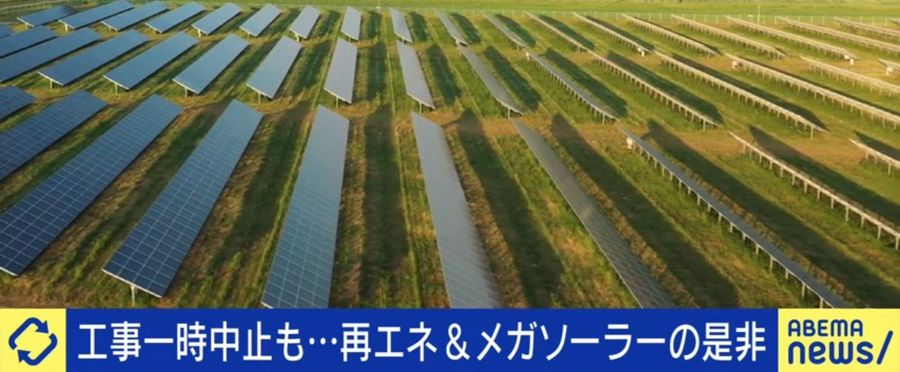This article features expert analysis on Japan's challenging journey of integrating massive solar farms, or "mega solar", into its energy landscape. As the country continues to shift towards renewable energy post-Fukushima, questions arise over land use, supply chains, and the grid's capability to handle the intermittent nature of solar power. The piece explores potential solutions, with insights from leading energy specialists.
Japan has been aggressively seeking renewable energy alternatives since the Fukushima disaster in 2011. However, the country's limited landmass and complex geographical features pose significant challenges to the widespread implementation of mega solar plants. Japanese society holds a deep respect for environmental conservation and balance, making land use for solar farms a contentious issue.
Unlike Japan, the United States and countries within the EU have more land available for renewable energy resources establishment. They also have more varied options like wind or geothermal energy. However, integrating solar power into the main grid remains a common challenge, given its intermittent nature.

